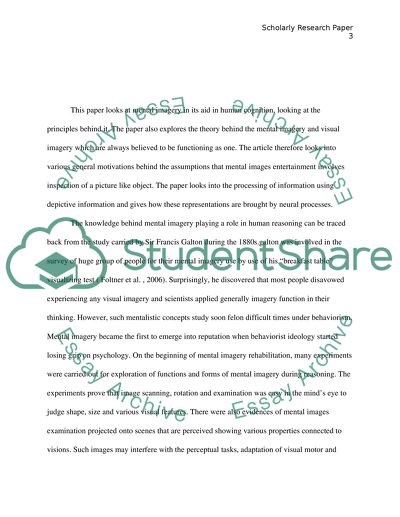Cite this document
(“Mental Imagery Research Paper Example | Topics and Well Written Essays - 1500 words”, n.d.)
Retrieved de https://studentshare.org/psychology/1694088-mental-imagery
Retrieved de https://studentshare.org/psychology/1694088-mental-imagery
(Mental Imagery Research Paper Example | Topics and Well Written Essays - 1500 Words)
https://studentshare.org/psychology/1694088-mental-imagery.
https://studentshare.org/psychology/1694088-mental-imagery.
“Mental Imagery Research Paper Example | Topics and Well Written Essays - 1500 Words”, n.d. https://studentshare.org/psychology/1694088-mental-imagery.


